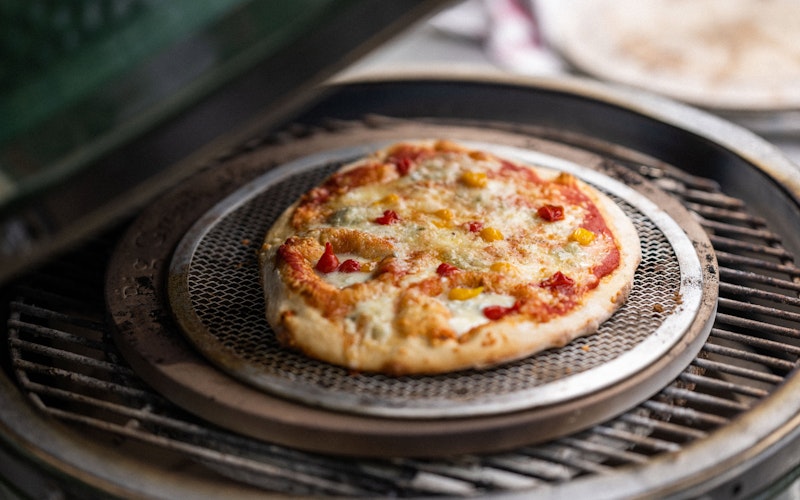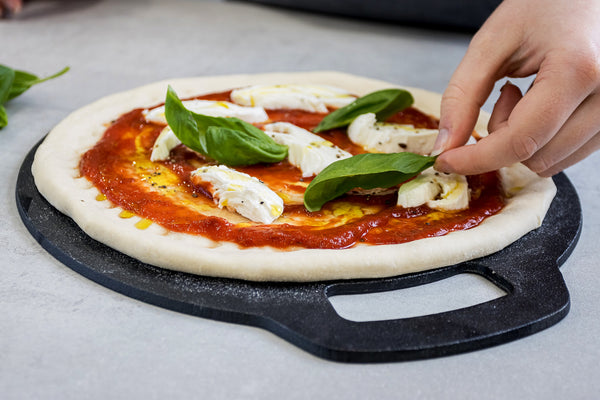For kitchen professionals, understanding the quality of a baking stone is paramount. A good baking stone can mean the difference between perfectly crispy crusts or a disappointing baking session. But how to tell if a baking stone is good? Let's dive into some essential aspects to make that determination.
Why the Right Baking Stone Matters
Baking stones are a staple in professional kitchens for their ability to evenly distribute heat, ensuring that whatever you're bakingfrom pizzas to breadscooks thoroughly. The right baking stone must balance heat conductivity, durability, and maintenance. Whether youve dabbled in how to make a butcher block cutting board or explored how to prep cast iron for seasoning, understanding your tools' material can elevate your culinary creations.
Key Features of a Good Baking Stone
Material Matters
The composition of the baking stone impacts its performance. Popular materials include ceramic, cordierite, and cast iron. While ceramic is excellent for even heat distribution, cordierite is known for its durability and ability to withstand high temperatures without cracking. Professionals looking into best saucepan materials might find the comparison helpful.
Thickness and Size
A good baking stone should ideally be around 1/2 to 1 inch thick. This thickness ensures heat is retained well and distributes evenly. It's also important the stone fits your oven perfectly. Size does matter when precision is required, such as when determining baking stone worth for bakers.
Pore Structure
The porosity of a baking stone affects its ability to absorb moisture from the dough, directly impacting the crispiness of the crust. A stone with a good pore structure is one that bakes breads and pizzas to perfection, much like mastering cooking a filet in cast iron.
Testing Your Baking Stone
Once you've selected a promising baking stone, testing it can reassure you of its quality. Try baking something simple, like a pizza or bread, and observe the results. Are the sides cooking evenly? Is the bottom crispy without being burnt? These outcomes are indicators of your stones performance.
Maintaining and Caring for Your Baking Stone
Proper care extends the life of your baking stone. Avoid using soap; instead, scrape off any leftover food and rinse with water. Like learning how to use stone bakeware, regular maintenance keeps it in top condition. Remember, a well-maintained stone is as crucial as a well-cared-for cast iron skillet or a butcher block to elevate your professional game.
:max_bytes(150000):strip_icc()/pizza-stone-testing-winners-lodge-pre-seasoned-cast-iron-baking-pan-wdickey-3-07-4acd6ee95c134013907ffa659ffb212d.jpeg)
FAQs
What material is best for a baking stone?
It depends on your preference. Ceramic offers excellent heat distribution, while cordierite provides durability and high-temperature resistance. Consider your regular baking needs when making a choice.
How do I clean a baking stone?
Avoid using soap. Instead, scrape off any remnants of food and rinse with plain water after cooling the stone. Avoid soaking it to prevent the pores from trapping water.
How thick should a baking stone be?
For professional and optimal results, a thickness between 1/2 to 1 inch is recommended to ensure uniform heat distribution.
This article contains affiliate links. We may earn a commission at no extra cost to you.





Leave a comment
This site is protected by hCaptcha and the hCaptcha Privacy Policy and Terms of Service apply.